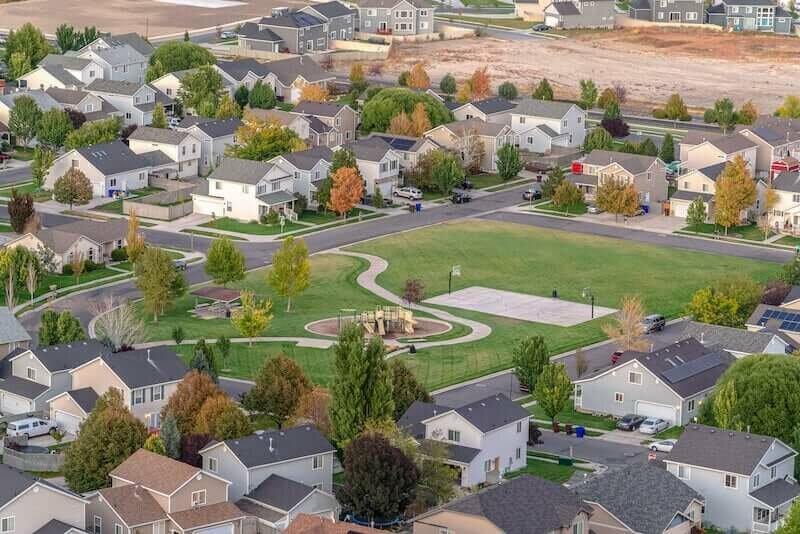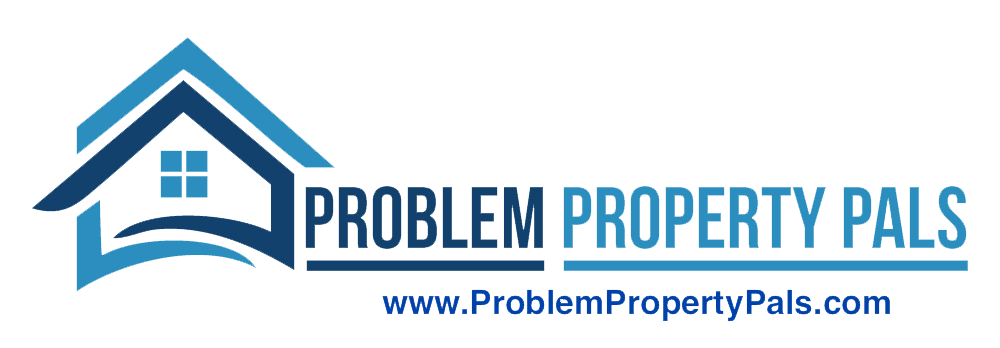Are you considering settling in Pennsylvania within a span of two or three months? Are you looking to be a homeowner or you’re ready for retirement and would like to buy a home?
Moving to an unknown region can make you feel apprehensive and insecure, in addition to the physical labor and mental strain required for house-hunting. The cost of living in a city is one of the most essential factors to consider when determining where to reside.
You’ll need to know how much money you’ll require to maintain a certain quality of life in a specific location. These costs include electricity, food, childcare, housing, healthcare, and transportation.
This article will provide you with information on the average cost of living in Pennsylvania, the real estate market in Pennsylvania, and the average salary in Pennsylvania, as well as other expenses of products and services.

Real Estate Market in Pennsylvania
If you wish to buy or sell a house in the state of Pennsylvania, you will find that prices are often lower than the national aggregate in comparison to other residential real estate markets.
Buying or selling a house can be a time-consuming and complicated process. In fact, there are certain questions to ask when selling your house so that you don’t get shortchanged.
There will be closing charges in addition to the down payment, which is typically 15% to 20% of the selling price. If you own a house in your previous location, the sale of that home must also be completed.
It’s critical for you to understand when is best to sell your home.
After you’ve purchased and moved into your new house, you’ll have utilities and maintenance fees such as housing costs, as well as property taxes and home insurance, all of which will add to your cost of living. There are several benefits to living in Pennsylvania, one of which is lower-than median house prices.
In Pennsylvania, the median house price is $234,800. Home appreciation has been 44.3% over the previous 10 years. Pennsylvania’s home appreciation is up 15.2% in the previous year.
In case you’re wondering, “How can I sell my house fast Philadelphia?”, we’re here to help you as Problem Property Pals.
Average Salary in Pennsylvania
As of January 20, 2022, the average yearly wage in Pennsylvania for the average jobs category after state and federal income taxes is $57,871. In case you need a fast salary calculator, that equals $27.82 per hour. This works out to $1,113 every week or $4,823 per month.
While ZipRecruiter has recorded wages as high as $127,942 and as low as $19,285 in Pennsylvania’s average jobs classification, annual earnings currently range from $46,401 (25th percentile) to $69,367 (75th percentile), with the highest earners (90th percentile) averaging $84,366.
The average pay range for an average job ranges substantially (up to $22,966), implying that there can be several prospects for growth and greater income based on skill level, education, location, gender, years of experience, and profession.
According to recent ZipRecruiter job posting activity, the average job market in Pennsylvania is not extremely active, as few organizations are presently recruiting. Pennsylvania ranks 34th out of 50 states nationwide in terms of average employment salaries.
Costs of Living in Pennsylvania
Residing in Pennsylvania is much less costly than living in the rest of the United States on average. Pennsylvania has the 20th highest overall living cost when compared to all states.
Living in heavily populated urban areas is usually more costly than living in rural areas. There are 18 significant metropolitan regions in Pennsylvania.
The Camden-Philadelphia-Wilmington metro region has the highest cost of services and goods in the state, with products and services costing 5.4% more than the state median and 7.9% more than the nationwide rate.
To compare the cost of living in your present area to the cost of living in a new place, use Salary.com’s Cost of Living Calculator.
The cost of living indexes is based on a 100-point scale in the United States. A value less than 100 indicates that Pennsylvania is less expensive than the U.S. average. A cost of living index greater than 100 indicates that Pennsylvania is more costly. The cost of living in Pennsylvania is considered 92.5 as per the table below:
Source: www.247wallst.com
Bills and Utility Costs
While energy prices used to make up the bulk of a utility bill, it now includes additional charges such as network development, pipe investment, and distribution charges. Even as energy prices fall, bill rates rise.
Over the last 15 years, the cost of electricity and natural gas in Pennsylvania has dropped significantly. On the other hand, utility bills have not changed.
Fuel is only one component of a utility bill. That portion has shrunk as a result of the widespread use of fracking in Pennsylvania, which has resulted in a glut of natural gas.
Transportation Costs
Transport costs can also add significantly to living costs. 84.6% of commuters in Pennsylvania drive to work when compared to 85.5% nationally. The state’s typical motorist drives 7,895 miles per year. Taking the median gas prices and fuel economy into account, the regular Pennsylvania motorist can typically spend $824 on gasoline alone annually.
Other transport expenditures, such as vehicle insurance premiums, also differ from state to state. According to Insure.com, the typical vehicle insurance policy in Pennsylvania is $1,928, which is higher than the national average of $1,517.
Source: www.247wallst.com
Housing Prices in Pennsylvania
Housing is one of the most critical elements of the cost of living. The average home in Pennsylvania is valued at $174,100, which is $30,800 less than the average national rent value of $204,900. The typical price of a home constructed in 1939 or before in the state is $120,700, while the median value of a home built in 2014 or after is $341,400.
The typical renter in Pennsylvania pays $915 per month for accommodation, which is $108 less than the national median monthly rent of $1,023. The average monthly rent in the state is $767 for a one-bedroom apartment, while the average rent for a home with five or more bedrooms is $1,133.
Across the state, 31% of occupied residences are rented, which is lower than the national average of 36.2% and the state’s 12th lowest renter rate.
You’re probably wondering, “Who can buy my house Springfield?” You don’t have to worry because, at Problem Property Pals, we walk the journey of selling your house with you. Every step of the way.
Source: www.247wallst.com
Food and Shopping
A single adult in Pennsylvania spends at least $3,223 on food costs each year, while a household of four spends an estimate of $9,308. To put this in context, a single adult’s annual food spend in the United States is $3,240, while the annual food expenses of a family of four are $9,354.
These values are based on a nutritionally acceptable diet of grocery-store food cooked at home and not fast food.
Source: www.247wallst.com
Health and Medical Costs
In Pennsylvania, out-of-pocket expenditures and insurance premiums for health care are quite expensive, assuming at least a minimum level of health insurance coverage.
The average healthcare expenditure in the state for a single person is $4,616 per year, in comparison to the national median of $4,266. The average yearly health care expenses for a household of four are $14,046 to $1,096 higher than the equivalent national average of $12,950.
Average Cost of Living in Pennsylvania
The cost of living in Pennsylvania is inexpensive, especially when compared to the high cost of living in major cities such as Los Angeles, New Jersey, New York City, Philly, and Miami. The overall cost of living in Pennsylvania was scored 97, which is lower than the national average. The cost of living is 10.5% cheaper than the national average.
Groceries in Pennsylvania are slightly more expensive than in other sections of the state. A 16-ounce block of cheese, for example, costs around $5.65, while a two-pound bag of apples costs $3.29.
The price of a two-pound bag of tomatoes is $4.44. Healthcare costs are less expensive in Pennsylvania, and rent is significantly lower than the national average.
Pennsylvania has a lot to offer, including a strong employment market, a rich history, and a relatively low cost of living. Residents of Pennsylvania live well because they earn decent pay for whichever occupation they choose and the cost of living is substantially lower than in other states.
If you have chosen to live in Pennsylvania, we buy homes in Pennsylvania. So please feel free to contact the dependable Problem Property Pals today to see how we can help you!


 Call Us!
Call Us!